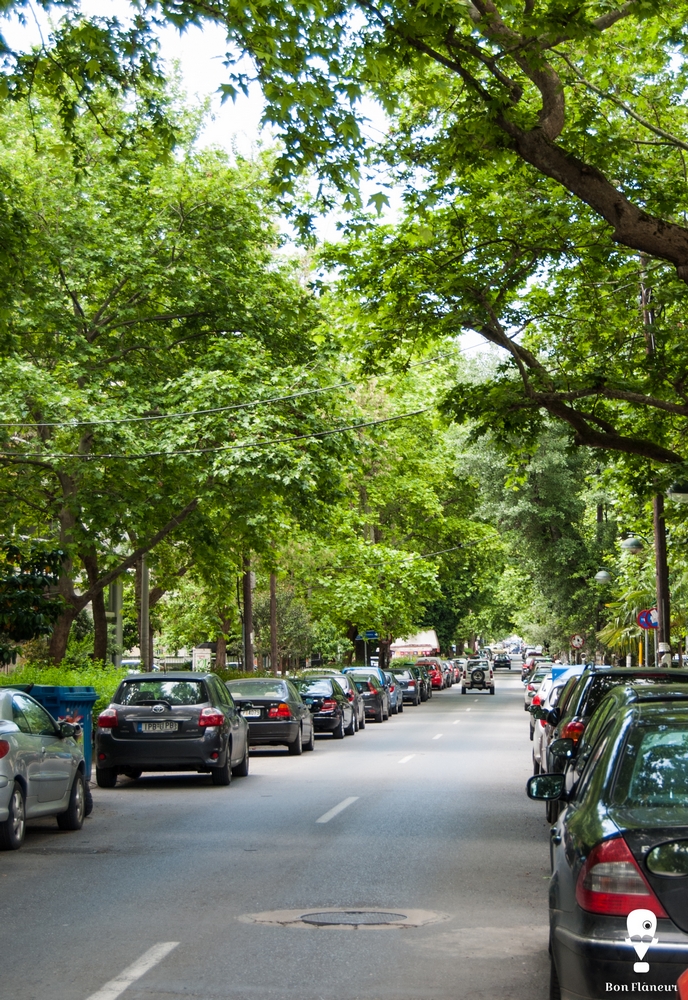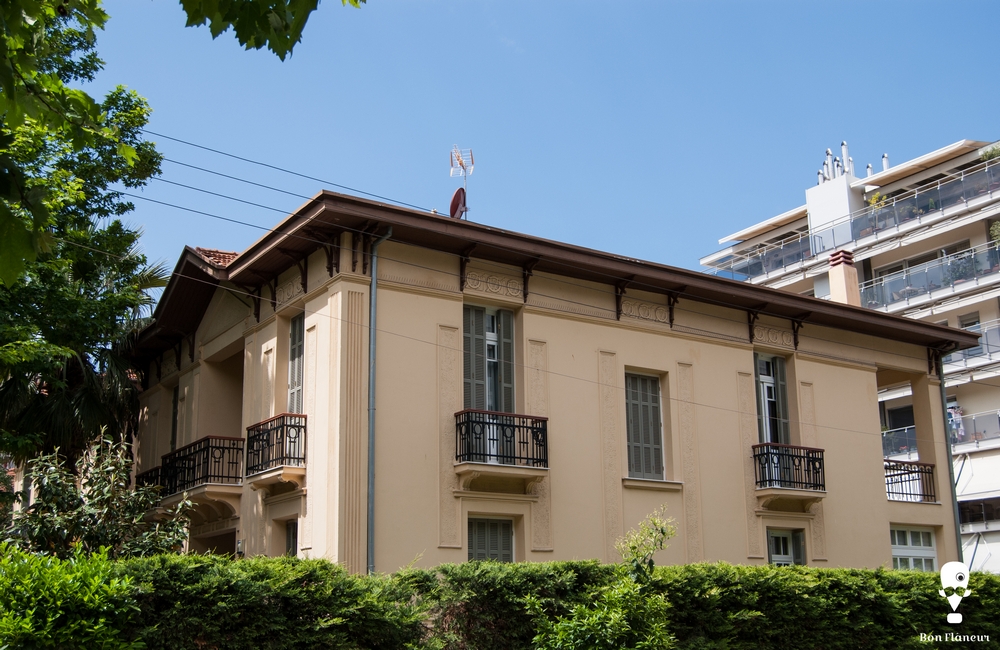Kalamaria, Evosmos
Urban and social contradictions between Kalamaria and Evosmos, the two large districts of eastern and western Thessaloniki.

Urban and social contradictions between Kalamaria and Evosmos, the two large districts of eastern and western Thessaloniki.
Home > Thessaloniki > Society > Urban contrasts > Greater Thessaloniki > Kalamaria, Evosmos






Eastern Thessaloniki has obvious differences from its western part, in terms of urban planning and population structure. Although the differences are not big by international standards, contrasts in the urban landscape are evident when going from an eastern district of the city to a western one. At first sight, the Kalamaria district is a very green, representative sample of the suburbs of eastern Thessaloniki, with expensive organized housing, old mansions and a shopping area for its middle and upper class residents. On the western side of town on the other hand, Evosmos does not have such impressive features but you’re more likely to see children playing in the streets here, and find local businesses with a welcoming, friendly atmosphere.
These districts have been strongly and rapidly urbanized. This resulted in social segregation, with geographical and social characteristics. Up until the 1990s, the majority of residents in Kalamaria had a secondary or tertiary education, the unemployment reached 5-7.5%, there were more single-member households and the population consisted of middle and high-middle class socio-professional groups (e.g. officialdom, scientists, teachers). In Evosmos, the population consisted mainly of employed workers, with notably lower levels of education and more nuclear or extended families, while unemployment reached 10-15%. Nowadays, these differences remain but the numbers have most likely changed. These social differences, along with other social phenomena such as the prominence of local football clubs, have created the conditions for a rise in near-racist stereotyping and derogatory views between the residents of both eastern and western Thessaloniki. The latter consider the former “snobs” and “smug” and the former call their western neighbours “kangoures”, (i.e. people with poor social skills).
Municipality of Kalamaria, (2007), Ιστορία, [History]
http://www.kalamaria.gr/index.php?option=com_content&task=view&id=7&Itemid=176
Last visit 10/11/2014
Municipality of Kordelio- Evosmos, (2007), Η πόλη μας, ιστορικά στοιχεία, [Our city, historical data]
http://www.kordelio-evosmos.gr/index.php?option=com_content&task=view&id=330&Itemid=495
Last visit 10/11/2014
Field observation by scientific editors
Maloutas Th. (ed.) (2000), Κοινωνικός και οικονομικός Άτλας της Ελλάδας: οι πόλεις, [The socioeconomic atlas of Greece: cities], v.1, Athens Ε.Κ.Κ.Ε
Share